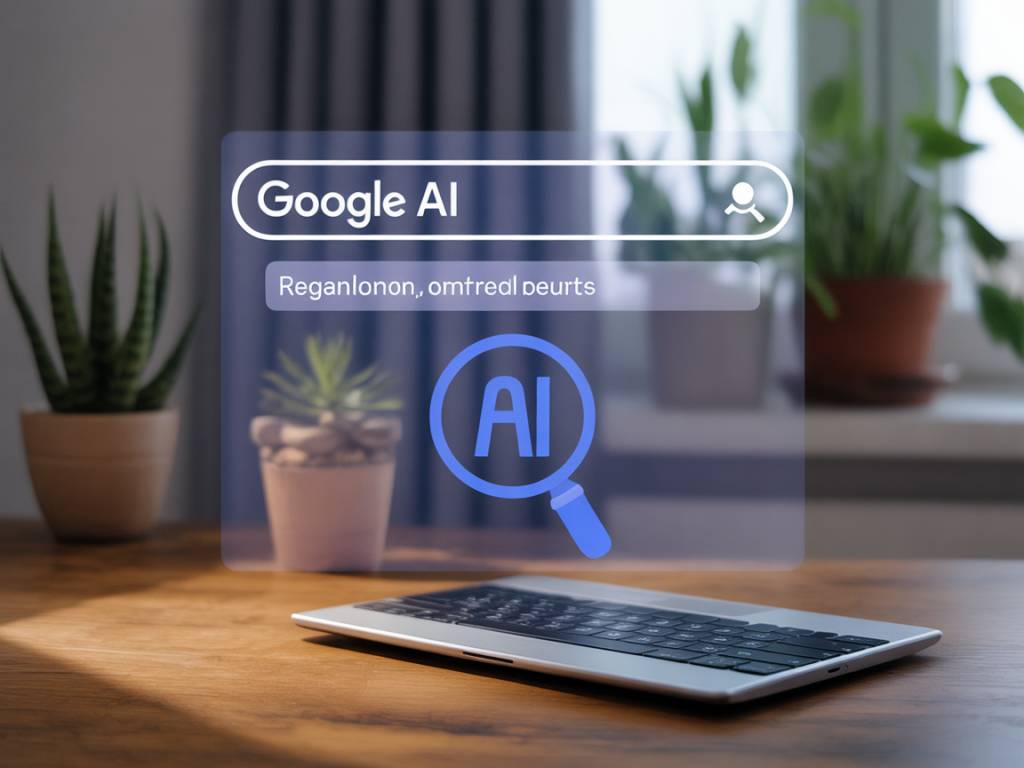How to turn off google ai mode and regain control over search results

How to turn off google ai mode and regain control over search results
Why You Might Want to Turn Off Google’s AI Mode
Over the past few months, Google has been quietly rolling out what’s internally referred to as “Search Generative Experience” (SGE). While technically still in an experimental phase, many users are reporting radical changes in how search results appear, function, and prioritize content. If you’re a marketer, SEO, or just someone tired of AI-snippet overload, you’re probably wondering: how can I get my classic search results back?
Unsurprisingly, Google’s AI integration aims to streamline answers—but that comes at the expense of organic diversity, nuance, and often, accuracy. In this article, we’re going to walk through proven methods to minimize or disable Google’s AI overlays, whether you’re a casual user or a professional who depends on raw SERP data.
What Is Google’s AI Mode (SGE)?
First, let’s clarify: there is no clearly labeled “AI Mode” toggle in Google settings. But SGE—Google’s attempt to bake AI into your search workflow—is what most users mean when they ask about « AI Mode. » It automatically generates summaries at the top of the SERPs, often pushing traditional organic results below the fold.
From a UX standpoint, this might seem helpful. But as SEOs, we know better. AI summaries fragment attention, cannibalize traffic to previously high-CTR pages, and obscure keyword intent. It’s the equivalent of Google saying, “We’ve read the web so you don’t have to.”
Who Is Affected by SGE?
If you’re in the U.S., you’re likely to have early access. Users accessing Chrome via desktop are the primary audience for these tests, especially if you’re logged into a Google account. But even on mobile, AI summaries are expanding rapidly. As it rolls out globally, expect widespread default activation—unless you take matters into your own hands.
Is It Possible to Actually Turn It Off?
Yes—and no. Google hasn’t provided a permanent way for logged-in users to completely deactivate SGE in standard search. However, there are workarounds that deliver near-identical results. Below are a few tactics, starting from the easiest and moving toward more technical options.
Method 1: Opt Out from Search Labs
If you’re seeing the SGE banner or AI snapshots, you’re part of the Search Labs experiment. Here’s how to opt out:
- Open Google in Chrome and make sure you’re signed into your Google account.
- Click the Labs icon in the top right corner (⚗️ flask icon).
- In the Labs menu, find « Search Generative Experience. »
- Toggle it off and restart your browser.
Voila. This should stop AI generation—at least for now. Keep in mind: disabling this will not persist across accounts or devices unless replicated.
Method 2: Log Out and Use a Private Browsing Window
When you’re logged out, you’re less likely to be enrolled in experimental features. Use Google in Incognito (Chrome), Private Browsing (Firefox), or Private Mode (Safari) and compare results. You’ll often see stripped-down SERPs—without AI summaries or intrusive features.
Bonus: you’ll also get cleaner keyword insight since personalization is limited in private mode. That’s a double win for anyone doing unbiased SERP research.
Method 3: Try Classical SERP Emulators
Several third-party platforms are working to replicate legacy Google results without AI interference. These include:
- Noogle: A community project that fetches sanitized Google SERPs, minus AI overlays.
- Startpage: Uses Google backend for results but strips tracking and experiments.
- Whoogle: Open-source and self-hostable, ideal for devs and privacy nerds.
While these tools aren’t 100% perfect, they come close. More importantly, they remind us what search used to feel like: fast, clean, and unrestricted.
Method 4: Customize Your Search URL
One lesser-known tip involves modifying your search query URL to exclude AI features. Add a parameter like &udm=14 at the end of your query. For example:
https://www.google.com/search?q=seo+strategy+2024&udm=14
This instructs Google to display a simplified UI, usually hiding SGE blocks. While experimental, it frequently works—and can be set as a bookmarklet for repeated use.
Method 5: Switch to Google’s HTML Version
For the purists: Google still maintains a barebones HTML search at https://www.google.com/search?udm=14. It’s clunky, but efficient. You’ll avoid AI, JavaScript overlays, and annoying pop-ups.
Pro tip: use it with plugins like « uBlock Origin » to erase remaining distractions or greenwash blurbs like “About This Result.”
Why Control Over SERPs Matters for SEOs
Now, let’s break down why all this matters. As an SEO, data fidelity is everything. If you’re auditing rankings, researching keywords, or measuring how your content displays in the SERPs, AI summaries can introduce noise. Literal and metaphorical.
Imagine trying to assess CTR opportunity when your #1 link is pushed beneath a chatbot box that paraphrases everyone else. Or evaluating structured data performance—only to realize the AI grabs the same content and duplicates it in a faux-snippet.
Loss of predictability = loss of strategy. And that’s bad for business.
Quick Fixes for Clean Research
For those doing client work or competitive analysis, here’s a quick stack I use to keep my environment clean:
- Use Incognito mode + &udm=14 URL parameter
- Geo-spoof location with VPN when testing non-standard markets
- Run Chrome with AI-blocking extensions (SGE Killer, Unhook.me beta)
- Compare live Google SERPs with APIs like DataForSEO or SERPStack to see AI vs traditional diffs
Too many SEOs are optimizing in a vacuum. If you’re not segmenting results from AI interference, your insights are skewed.
What If You Actually Like the AI Summaries?
Fair point. Not everyone hates SGE. For beginners doing casual research, the summarized info makes browsing less intimidating. In industries like health, tech or law, SGE sometimes pulls in reputable sources and saves time… occasionally.
But SEOs don’t live in casual land. We need visibility into competition, layout control, and raw data. So I recommend treating AI summaries the same way we treated featured snippets years ago: track them, test them, but don’t trust them blindly.
Final Thoughts: Take Back Search While You Can
We’re entering an arms race between curated AI experiences and open-web discovery. As of now, Google hasn’t locked down your ability to bypass SGE—and for professionals in the SEO space, that’s a relief.
Don’t wait for a future update that removes these options. Implement these workarounds now while they’re still viable. Whether you’re doing keyword research, auditing content drops, or pitching clients, AI-free search gives you the clarity you need to do your job well.
Because at the end of the day, real SEO isn’t about responding to machines—it’s about understanding real humans. And AI can’t replace that. Not yet.








